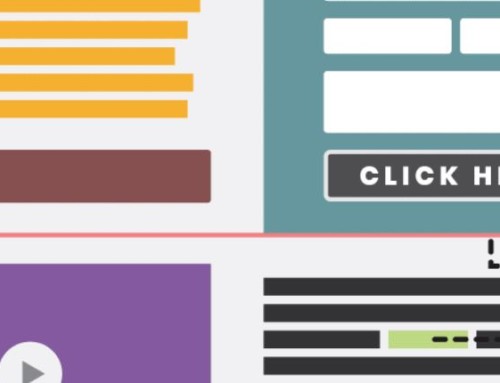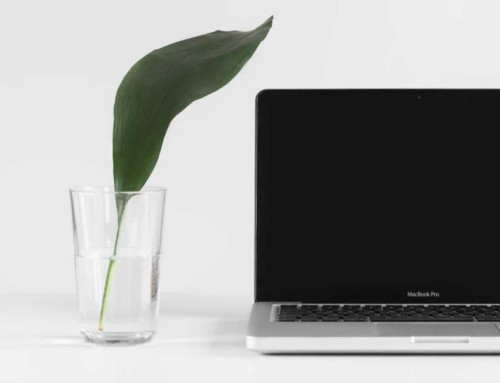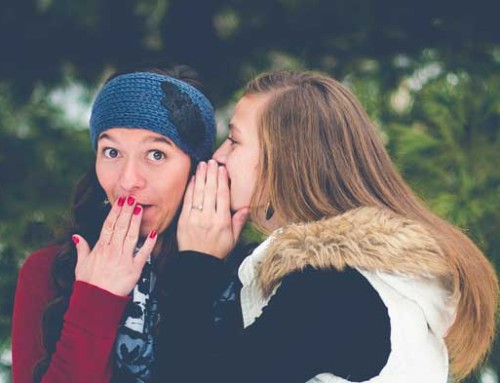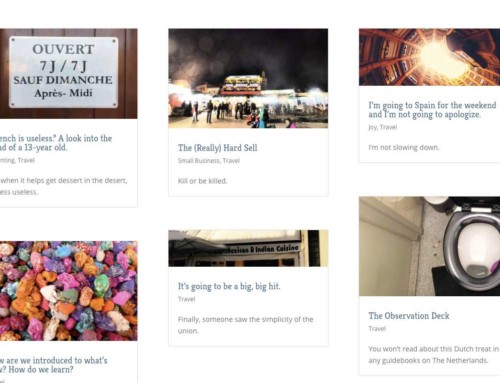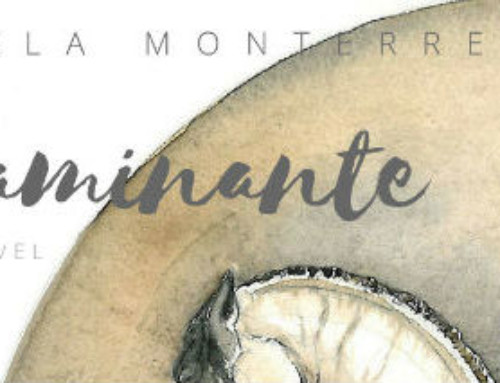Blogging live again from Day 2 of WordCamp San Francisco. Ian Stewart is talking about Awesome Up your Boring Theme. Post formats are other types of content for your site. In other words, no longer just posts and pages, but smaller bits of content (e.g. aside), photos (and not just a photo in a post), audio, or video. Each can be formatted according to what it is. For example, a photo could have its own frame, a video its own background, audio has an audio icon and a different background color.
Here are the descriptions from the WordPress Codex of each post format.
- aside – Typically styled without a title. Similar to a Facebook note update.
- gallery – A gallery of images. Post will likely contain a gallery shortcode and will have image attachments.
- link – A link to another site. Themes may wish to use the first <a href=””> tag in the post content as the external link for that post. An alternative approach could be if the post consists only of a URL, then that will be the URL and the title (post_title) will be the name attached to the anchor for it.
- image – A single image. The first <img /> tag in the post could be considered the image. Alternatively, if the post consists only of a URL, that will be the image URL and the title of the post (post_title) will be the title attribute for the image.
- quote – A quotation. Probably will contain a blockquote holding the quote content. Alternatively, the quote may be just the content, with the source/author being the title.
- status – A short status update, similar to a Twitter status update.
- video – A single video. The first <video /> tag or object/embed in the post content could be considered the video. Alternatively, if the post consists only of a URL, that will be the video URL. May also contain the video as an attachment to the post, if video support is enabled on the blog (like via a plugin).
- audio – An audio file. Could be used for Podcasting.
- chat – A chat transcript.

